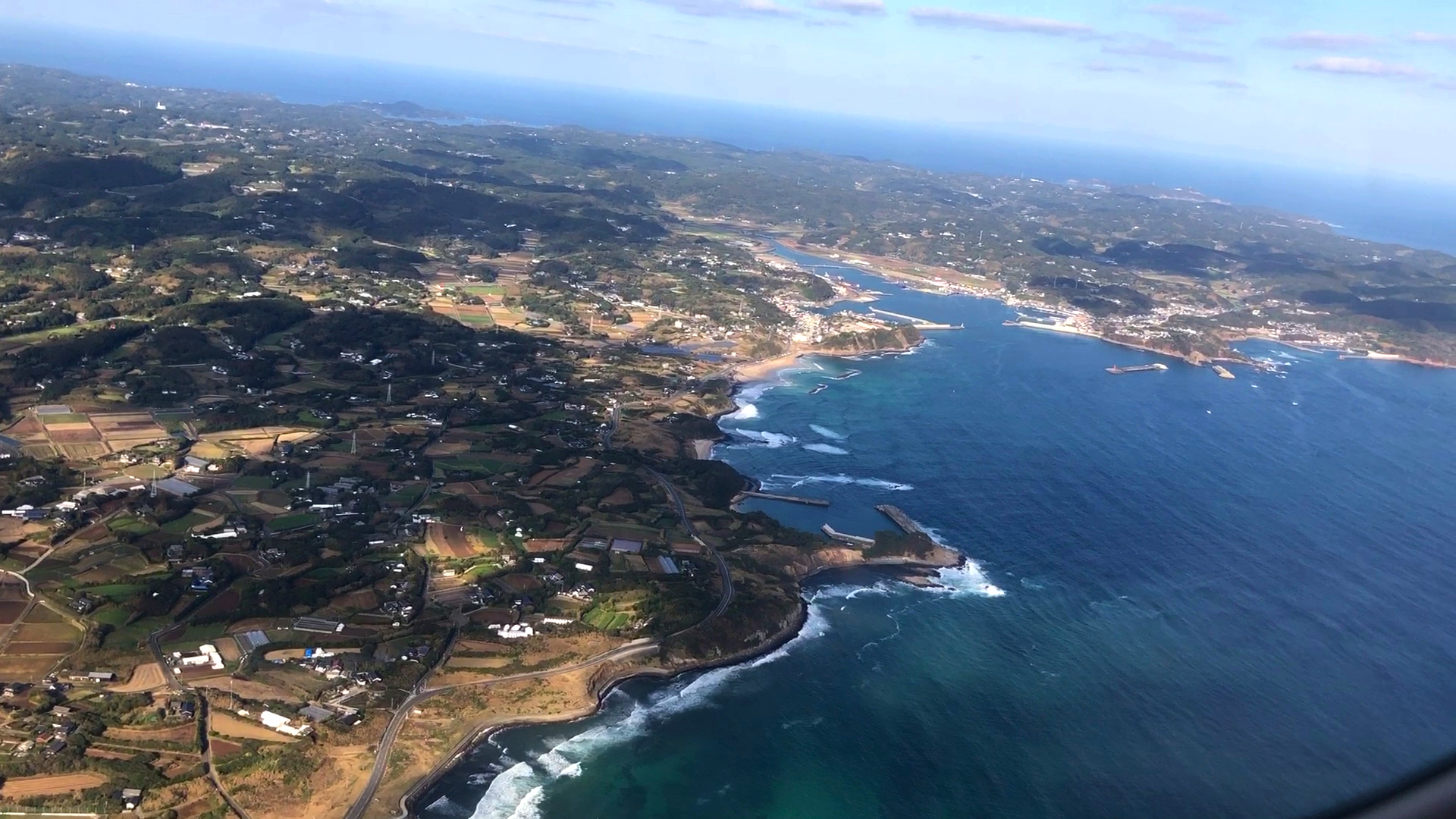During the first wave of coronavirus cases in Japan we moved to Iki island thinking it would be safer than waiting out the pandemic wave in Kyoto. It was a good move. Since we came here last May, we have been lucky to lead a very normal life. The kids go to school, we ate out, visited beaches, made new friends.
Life has ground to a halt since the New Year’s holiday. Our kids have not left the house to play with friends since a new case of coronavirus, the first for months, was discovered on Iki on December 28th.
A ferry boat worker, and resident of Fukuoka, felt a little sick but still went to work. On the way to Tsushima he collapsed in the mess while eating a meal. The crew dropped him off in Ashibe, here on Iki before going on to Tsushima. He was taken to the hospital and tested positive. Four other crew members he interacted with also tested positive. But it didn’t stop there. A group of city officials had a year end party with out-of-towners: six out of twenty attendees came down with coronavirus. Then another case amongst ship workers. In a matter of days, we went from historically 7 cases to 57.

Are remote islands havens from pandemics?

Rural areas are natural places to avoid the 3 C’s:
- Closed spaces
- Crowded places
- Close-contact settings
It is very easy to social distance out here, and most of our daily life outside the home is conducted in a private vehicle. There are lots of natural places to hike and get outdoors without being around people.
Being on an island, travel here is restricted to boat or plane, both of which require temperature checks to board. Also, since you have to register to board either, it makes contact tracing a little easier if a breakout happens. And if a breakout does happen, it is easier to contain the population of a small island and wait it out.
So, islands are a pretty good place to isolate oneself from a pandemic raging on the mainland. Of course, if the virus makes it to the island, it can get pretty scary.
Rural areas like Iki have been depopulating over the past few decades. We have 26,000 people here, half of what was here at the island’s peak in the late 1950s. Depopulation does not affect all population groups equally. Usually it is the younger, college-aged people leaving for the city to find education and job opportunities. Thus, rural areas have a lot of elderly, people who are particularly vulnerable to a virus like COVID-19.
What’s more, we have a small population. Even just a few cases can be a serious problem. Back in Kyoto there are about 1300 active cases. For Iki to have the same caseload for our amount of population we need just 13 sick. We are currently at 45, hence why our situation has been upgraded to Phase 4. This makes one wonder if it is safer to go back to the city.

Rural areas tend not to have large medical capacity. Iki only has 20 beds for coronavirus patients at the hospital. There are two facilities with 25 rooms for people to quarantine.
Rural areas usually also have limited shopping options. For example, we only have two FamilyMarts on the island, and people travel from all over to come to the Aeon shopping center near my house. These can act as bottlenecks, potential nodes for virus transmission.
Speaking of bottlenecks, if you do want to get off the island to a “safer” city, you have to either a boat or a plane. The boats have already been the source of a number of cases.
Despite being densely populated, cities do spread out the risk to individuals, as long as they are being responsible.
The curve on Iki seems to be flattening, so we aren’t going to risk moving just yet. Many public facilities have been closed. The hospital is closed to non-emergencies until the 15th. The city cancelled the annual Coming of Age ceremony (成人式). My kids’ Judo club quickly shut down for all of January. It was announced earlier today over the island broadcast system that the first day of school is being pushed back. We have been holed up and taking extra precautions on our own and will continue to do so as we watch the numbers.
Yesterday Nagasaki upgraded the prefectural emergency status to Stage 4, matching that of Iki, and requested residents not to eat in large groups or travel out of the prefecture. The central government will initiate another “soft lockdown” today, but limited only to Tokyo and the surrounding prefectures. But the situation is a lot more serious on small islands like ours. Japan has 257 inhabited remote islands, but their situations won’t make the nightly news.


